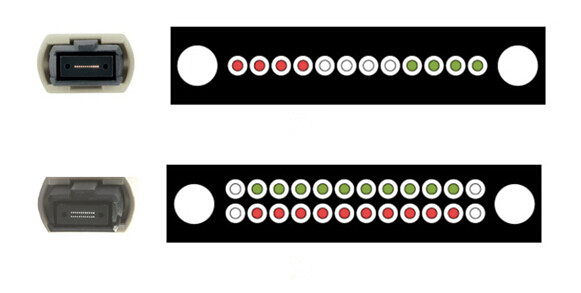As data centers networks are shifting from 10G to 40G and beyond, it is necessary to seek ideal ways to connect 40G high speed switches populated with higher rate transceivers QSFP+, and to connect 40G switch to existing 10G elements populated with SFP+ modules. There are different approaches to connect 40G switches, or to connect 40G switch to 10G switch. However, by using MTP-8 solution, the simplest way to achieve direct 40G connectivity has been proved feasible and favorable in real applications. This article will introduce the deployment of MTP trunk cable in 40G to 40G connection, and MTP harness cable in 10G to 40G connection.
MTP trunk cable has MTP connectors terminated on both ends of the fiber optic cable. It is often used to connect MTP port modules for high density backbone cabling in data centers and other high dense degree environments. Currently, most of the MTP trunk cables for high data rate like 40G and 100G are still 12-fiber or 24-fiber. MTP harness cable, also called MTP breakout or fan-out cable, has MTP connectors on one end and discrete connectors (duplex LC, SC, etc.) on the other end. The most common configurations of MTP-LC harness cables are 8-fiber MTP to 4 LC duplex, 12-fiber MTP to 6 LC duplex and 24-fiber MTP to 12 LC duplex. A single MTP connector is able to terminate the combination of 4, 8, 12, 24, 48 fiber ribbon cables. The multi-fiber design provides quick deployment and scalable solution that improves reliability and reduces installation or reconfiguration time and cost.
In order easily and quickly finish the migration from 10G network to 40G network, you can use 8-fiber MTP to 4 LC duplex harness cable, 40GBASE-SR4 QSFP+ and 10GBASE-SR SFP+ modules. The configuration of such a link is illustrated by figure 1. On the left the 8-fiber MTP connector is plugged into the MTP port of the 40GBASE-SR4 QSFP+ transceiver installed on the 40G switch; on the right side four duplex LC connectors are plugged into the ports of four 10GBASE-SR SFP+ transceivers installed on the 10G switch. In 10G to 40G migration, using 8-fiber MTP to LC harness cable can ensure every strand of fiber be used, and no one wasted.
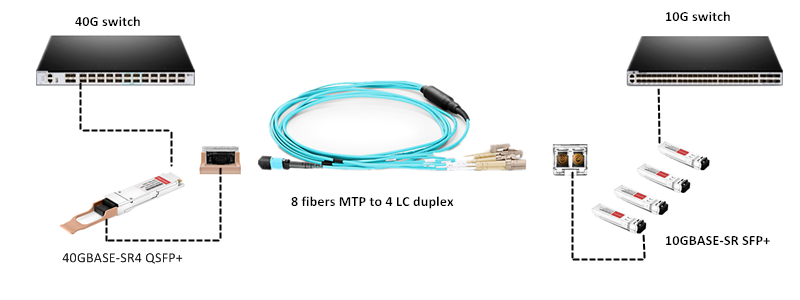
Figure 1: 10G to 40G Migration via MTP-LC Harness Cable
To support your 40G networking needs, you can simply use 12-fiber MTP trunk cable and 40GBASE-SR4 QSFP+ transceiver to accomplish a quick connection for two 40G switches in your network. The following figure shows a concrete example which uses one 12-fiber MTP trunk cable and two 40GBASE-SR4 QSFP+ transceivers to connect two 40G switches. Though the MTP trunk cable in this case is base-12, the fiber count actually in use is eight, leaving four strands unused. That is to say delivering 40G over 4 lanes multimode fiber at 10 Gb/s per lane. Totally only eight fibers (4 transmit, 4 receive) are required for the 4x10G solution. It is the same as the 4x25G solution for 100G.
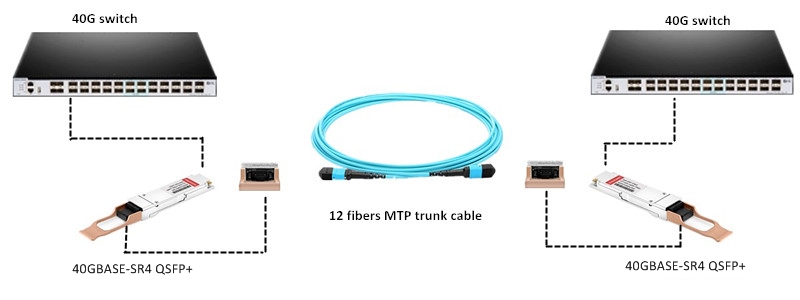
Figure 2: 40G to 40G Connection via MTP Trunk Cable
The above two examples are both applications of MTP-8 solution in 40G connectivity. You will find that only a few components are needed in the whole installation, and the link will be very easy and flexible, as well as cost-effective.
Current 40G connectivity can be obtained by MTP-8 solution. Though present market is still popular with 12-fiber or 24-fiber MTP, 8-fiber MTP solutions that are starting to hit the market are considered the most efficient option since they support current and future duplex fiber applications (such as 200G and 400G) and using modules that break out 8-fiber MTPs to duplex LCs, as well as current and future 8-fiber applications without the need for conversion cords or modules.

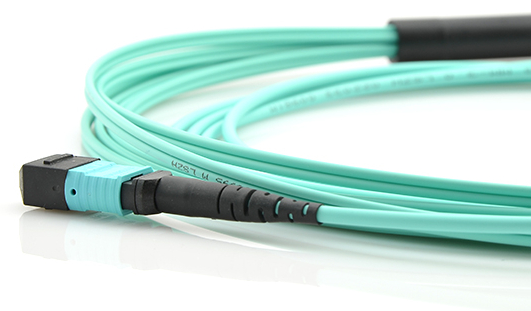

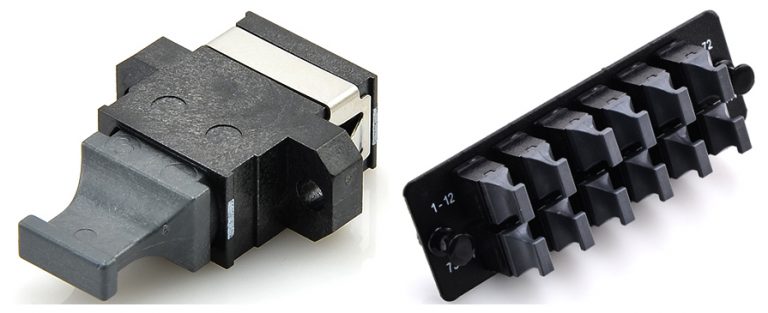
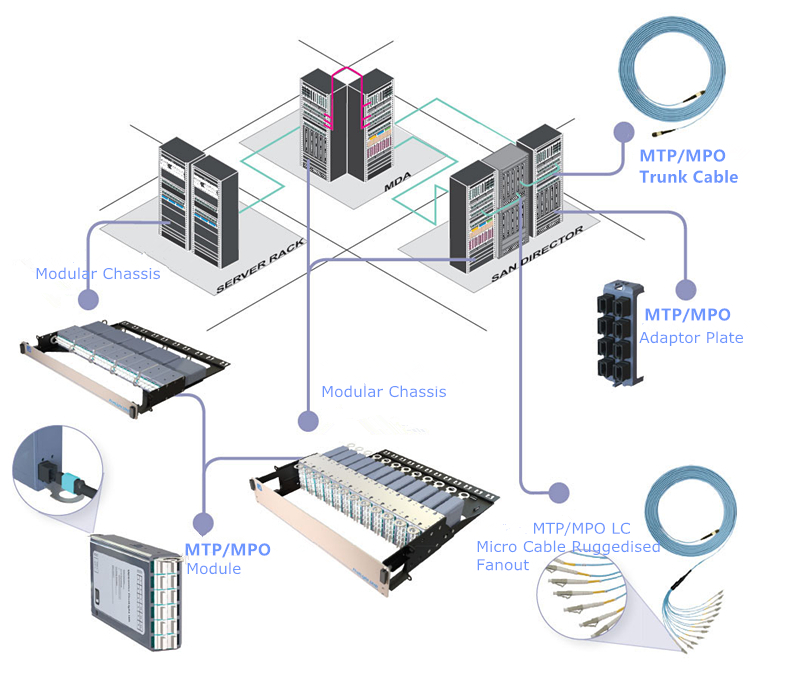
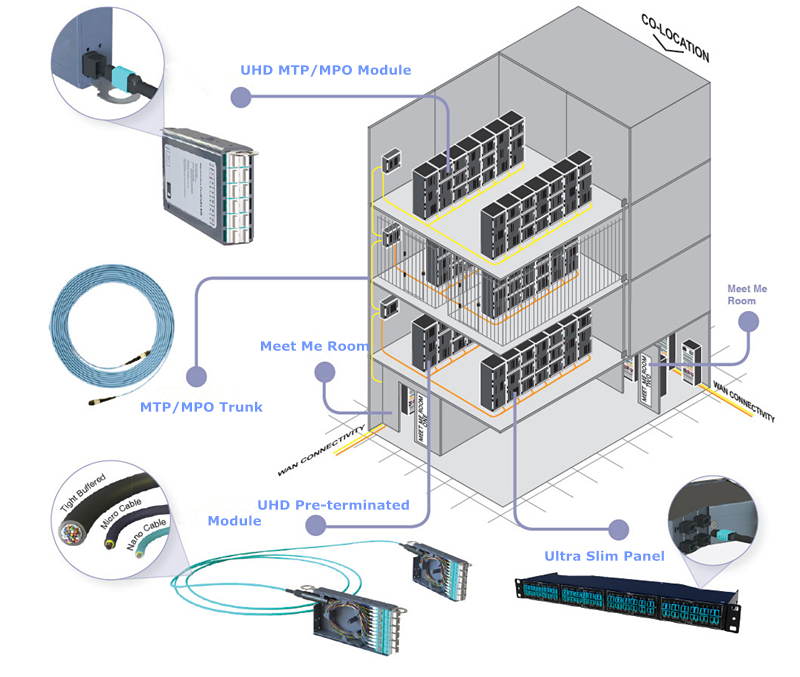
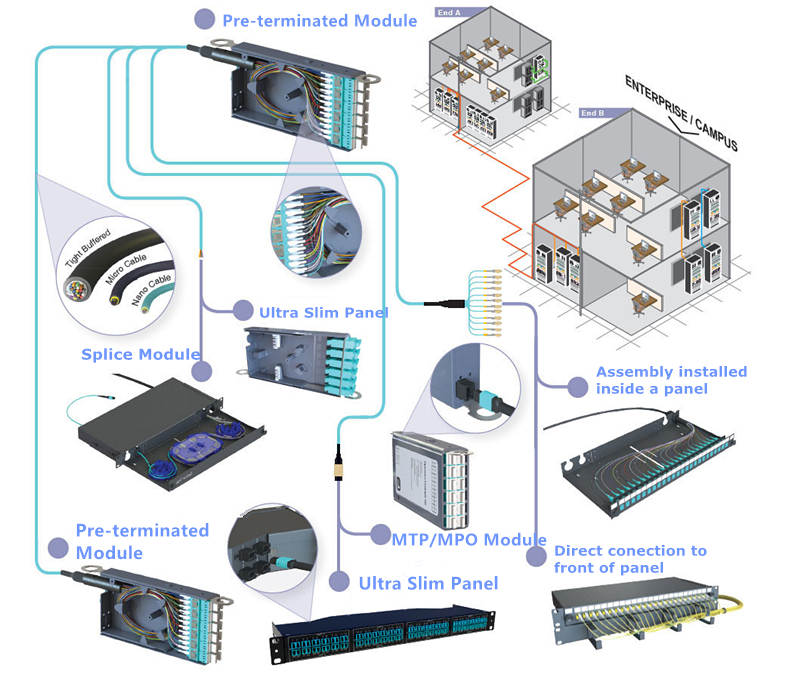
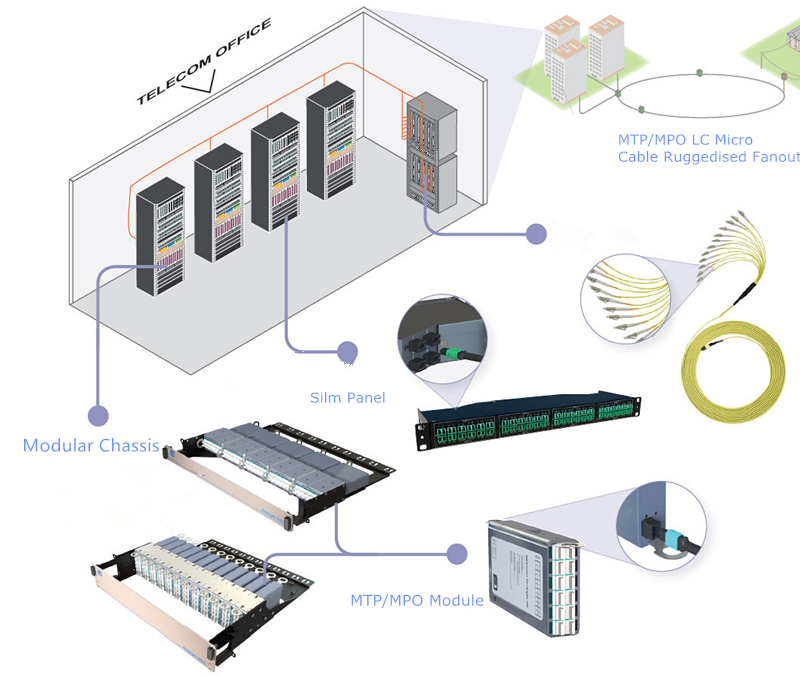

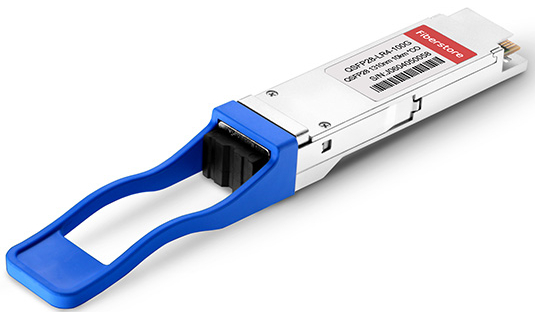
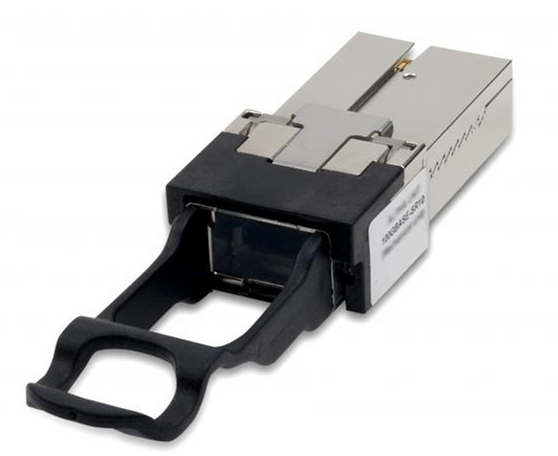

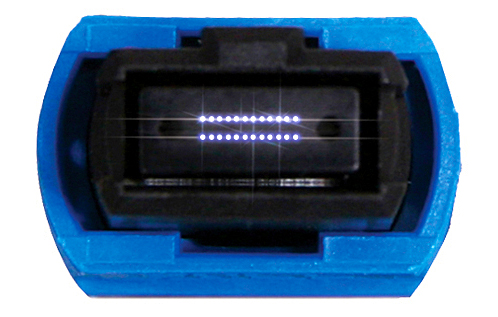 Since IEEE 802.3ba 40GBASE-SR4 and 100GBASE-SR10 were ratified in 2010, many have looked to 24-fiber connectivity as the ideal migration solution in the data center. Using 24-fiber cabling throughout an entire channel provides extra flexibility, as users can easily migrate from 10G to 40G or 100G by simply swapping out the connectivity at the end of the channel. Pre-terminated cabling using 24-fiber connectors provides double the density of 12-fiber cabling in the same footprint, reducing the cabling required, allowing for fewer cable pathways, and improving airflow in data centers. With the growth of 24-fiber MPO/MTP solutions, some confusion and misinformation has emerged within industry circles. Especially, the differences between 12-fiber and 24-fiber MTP/MPO connectivity.
Since IEEE 802.3ba 40GBASE-SR4 and 100GBASE-SR10 were ratified in 2010, many have looked to 24-fiber connectivity as the ideal migration solution in the data center. Using 24-fiber cabling throughout an entire channel provides extra flexibility, as users can easily migrate from 10G to 40G or 100G by simply swapping out the connectivity at the end of the channel. Pre-terminated cabling using 24-fiber connectors provides double the density of 12-fiber cabling in the same footprint, reducing the cabling required, allowing for fewer cable pathways, and improving airflow in data centers. With the growth of 24-fiber MPO/MTP solutions, some confusion and misinformation has emerged within industry circles. Especially, the differences between 12-fiber and 24-fiber MTP/MPO connectivity.